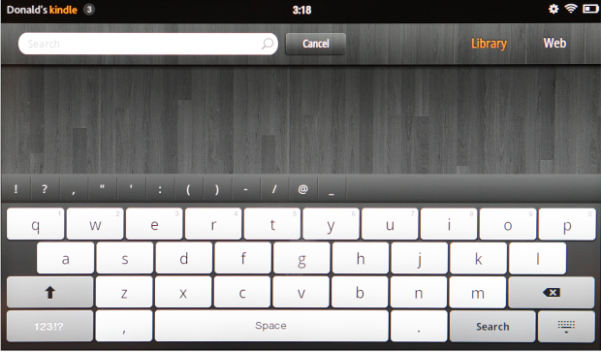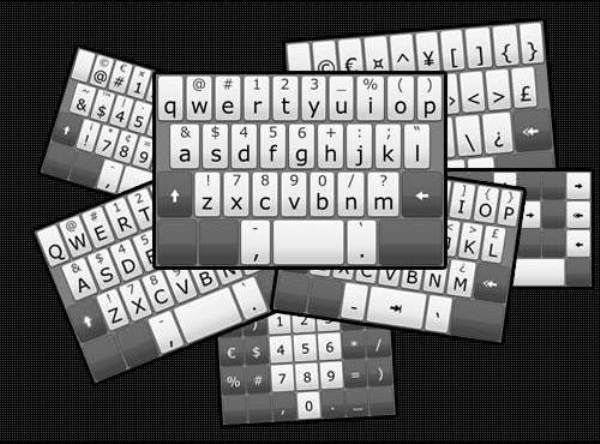Affiliate links on Android Authority may earn us a commission. Learn more.
How to Install Third-Party Keyboard Apps on Your Kindle Fire
So you’ve taken the plunge and rooted your Kindle Fire. You’ve even successfully installed Google apps and set Android Market to work with the tablet. You may have noticed however that you don’t really get unlimited access to all the apps available on the app store as you normally would with a native Android tablet. Keyboard apps for example can’t seem to be installed on the device.

Fortunately the untiring proficiency of the people at the XDA developers forum have won through once again. Here’s a work-around devised by some members for installing third-party keyboard apps on a Kindle Fire. Assuming your device is already rooted and has Android Market functional on it; another program you’re going to need for this procedure is a copy of SQLite Database Browser. This is a program for editing SQLite databases and can be easily downloaded from open-source software sites. Install this on your desktop before you begin with the following steps.

1. Connect the tablet to your PC.
Enable USB Debugging on the Kindle Fire before you do this. Once connected via USB, open the desktop’s command prompt interface and type in these commands:
adb shell
su
cd /data/data/
com.android.providers.settings/databases
cp settings.db settings.db.bak
cp settings.db /mnt/sdcard/Download
2. Run SQLite Database Browser.
Go back to the Kindle Fire and switch it to USB Storage mode. Then run the database editor, and within the program, navigate to the tablet’s Download folder and select the settings.db file.
3. Select the cell to edit.
When opening the settings.db file, click on the editor’s Browse Data tab and then choose the “secure” option from the dropdown list of table types. Now look for the row with this text enabled_input_methods and double click this entry. This will pull up the Edit database cell dialog box.
4. Edit the database values.
The default value displayed should be:
com.android.inputmethod.latin/.LatinIME
You’re going to add a string of values at the end of this line, depending on which third-party keyboard app you plan to install. The one for Swype for example is:
:com.swype.android.inputmethod/.SwypeInputMethod
Thus the edited end result should look like this:
com.android.inputmethod.latin/.LatinIME:com.swype.android.inputmethod/.SwypeInputMethod
(NOTE: You can get a short list of values for some keyboard apps found in the Market by going to the source link at the end of this article.)
Click on Apply Changes and close the dialog box. Before you close the editor, be sure you save the revised settings.db file.
5. Reboot the tablet.
Go back to the Kindle Fire and get out of USB Storage mode. Open the desktop’s command prompt interface once again and enter the following commands:
adb shell
su
cp /mnt/sdcard/Download/settings.db
chown system.system settings.*
chmod 660 settings.*
ls -l
reboot
This will restart the tablet and once that’s done you should now be able to install the chosen keyboard app (which in our example is Swype). This method also allows you to choose between the Kindle Fire’s default keyboard and the additional one you just installed. Just long-press any text field on the tablet and a “Select input method” menu will show up.
Via addictivetips